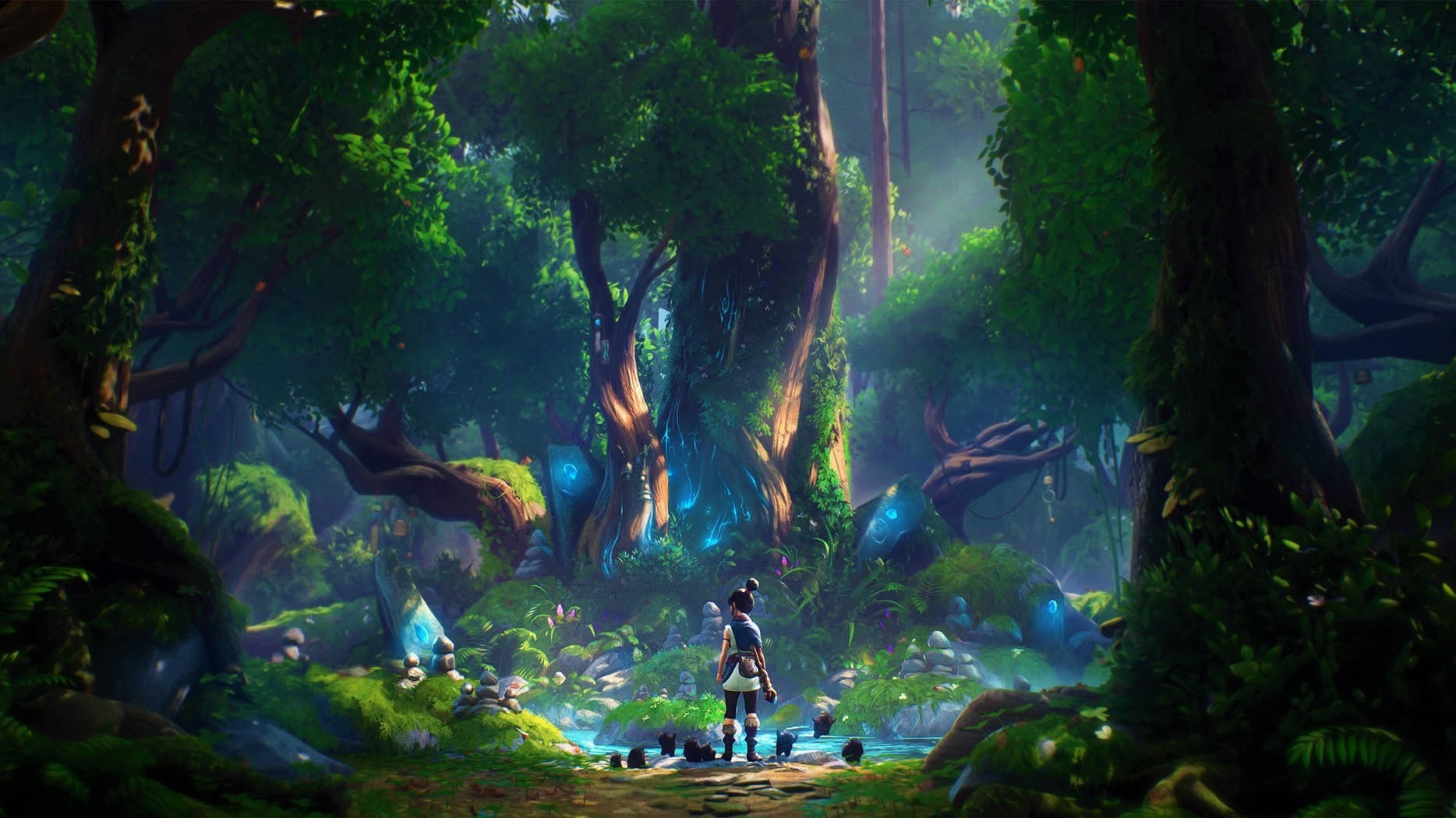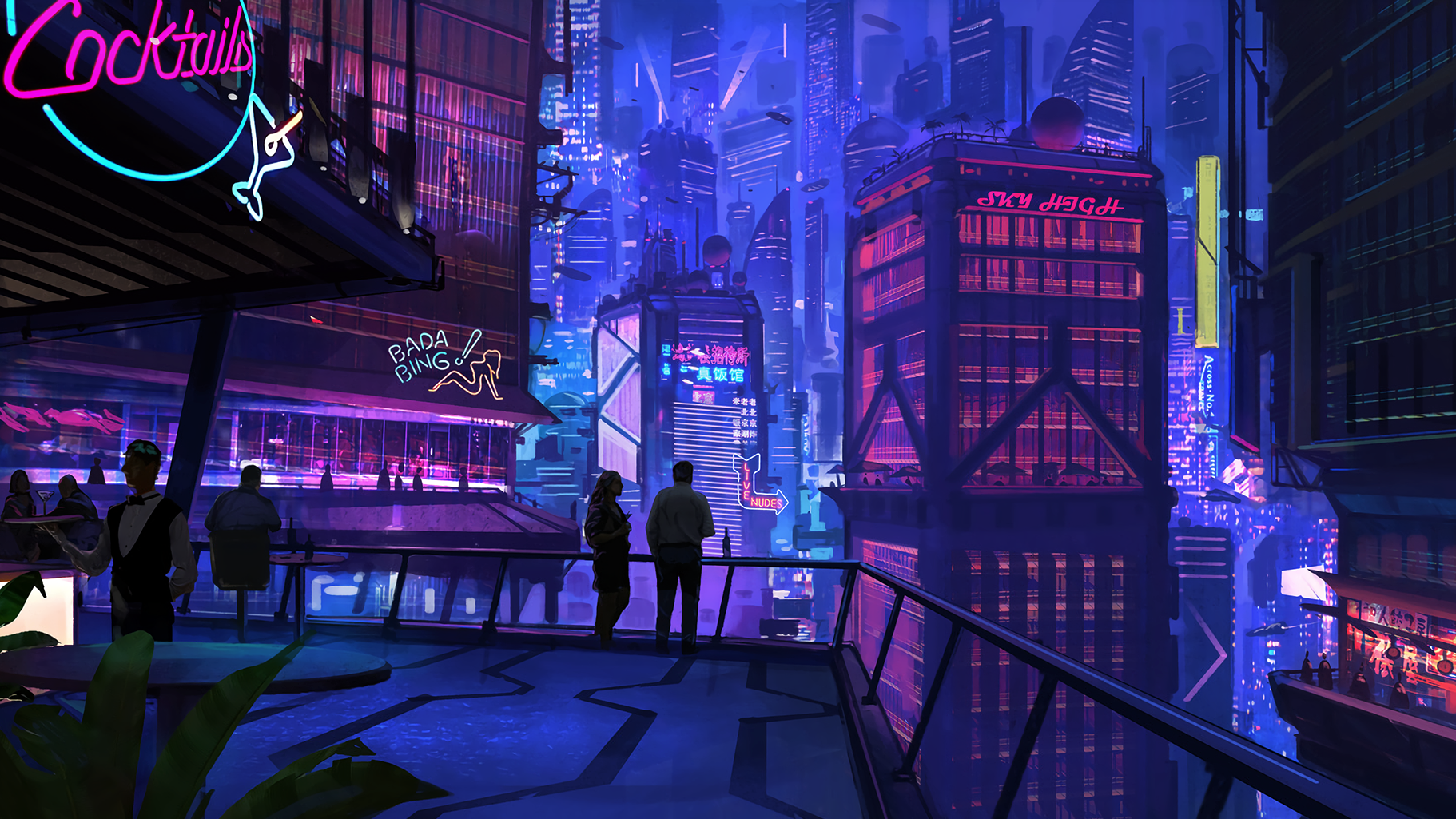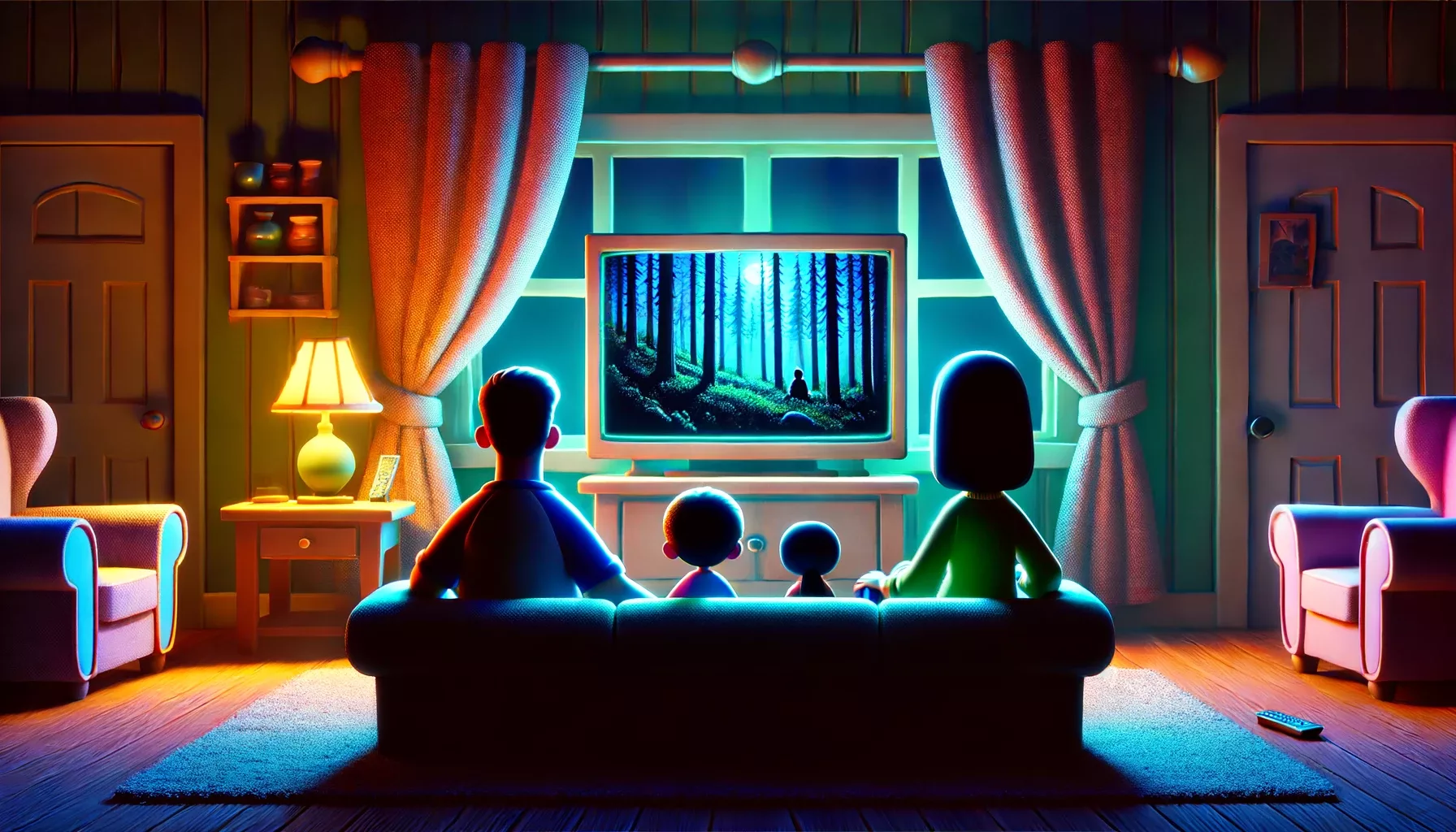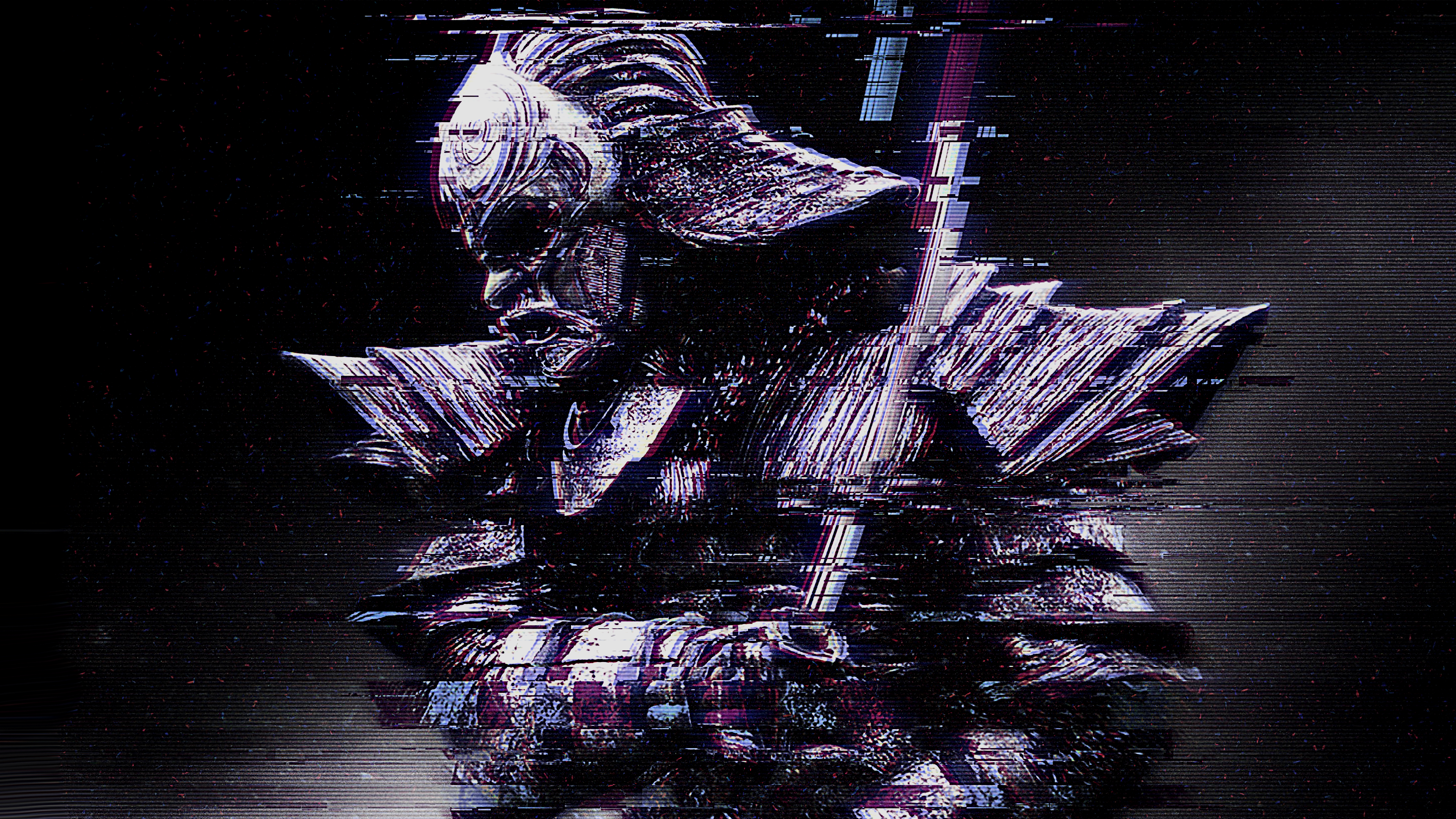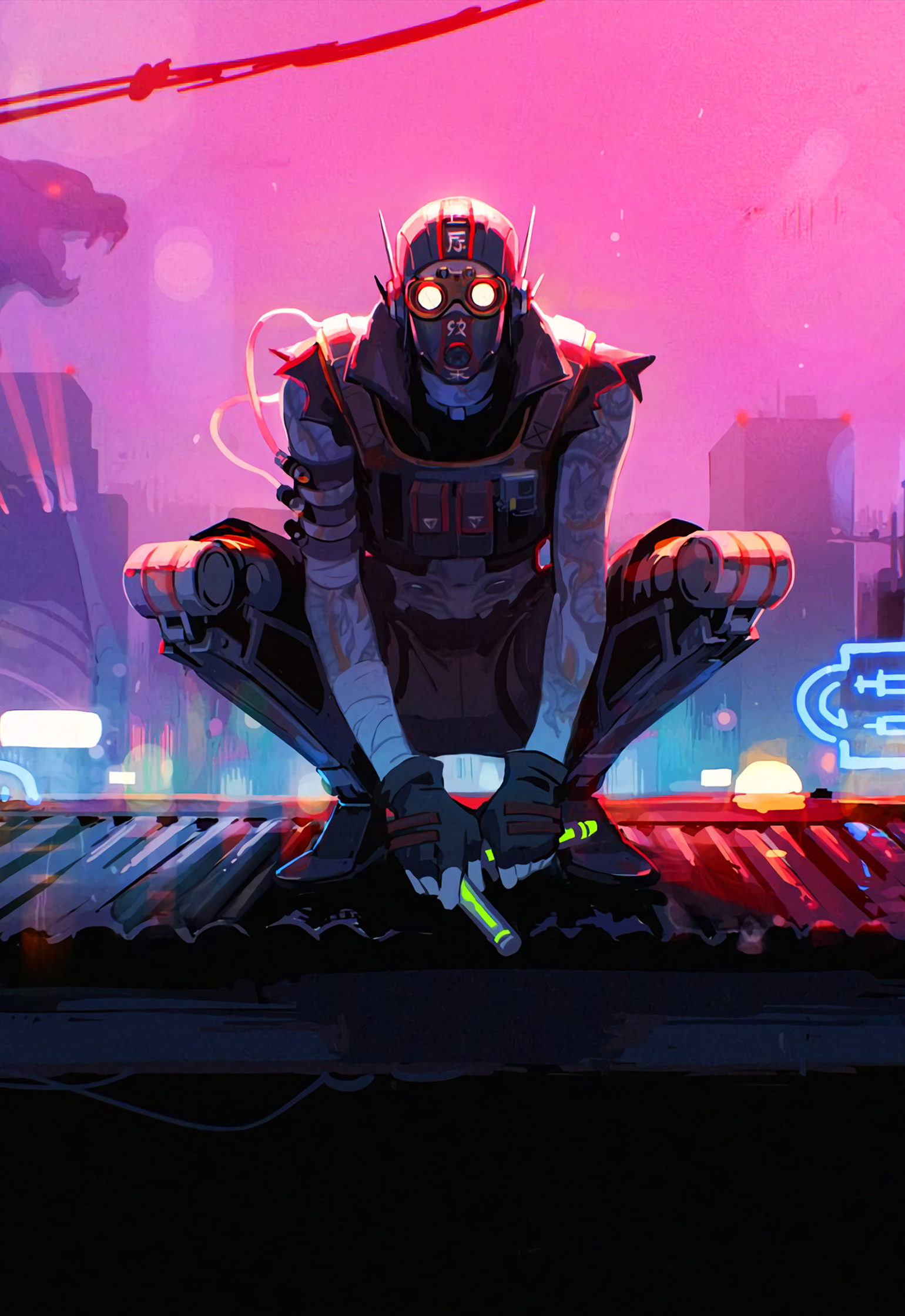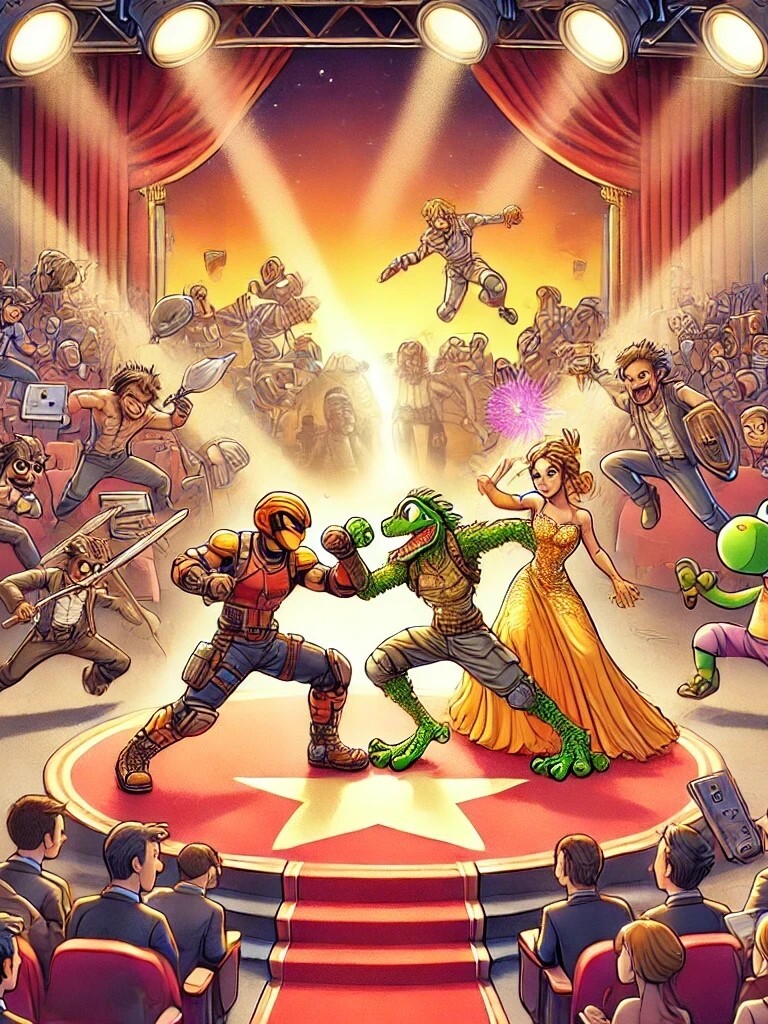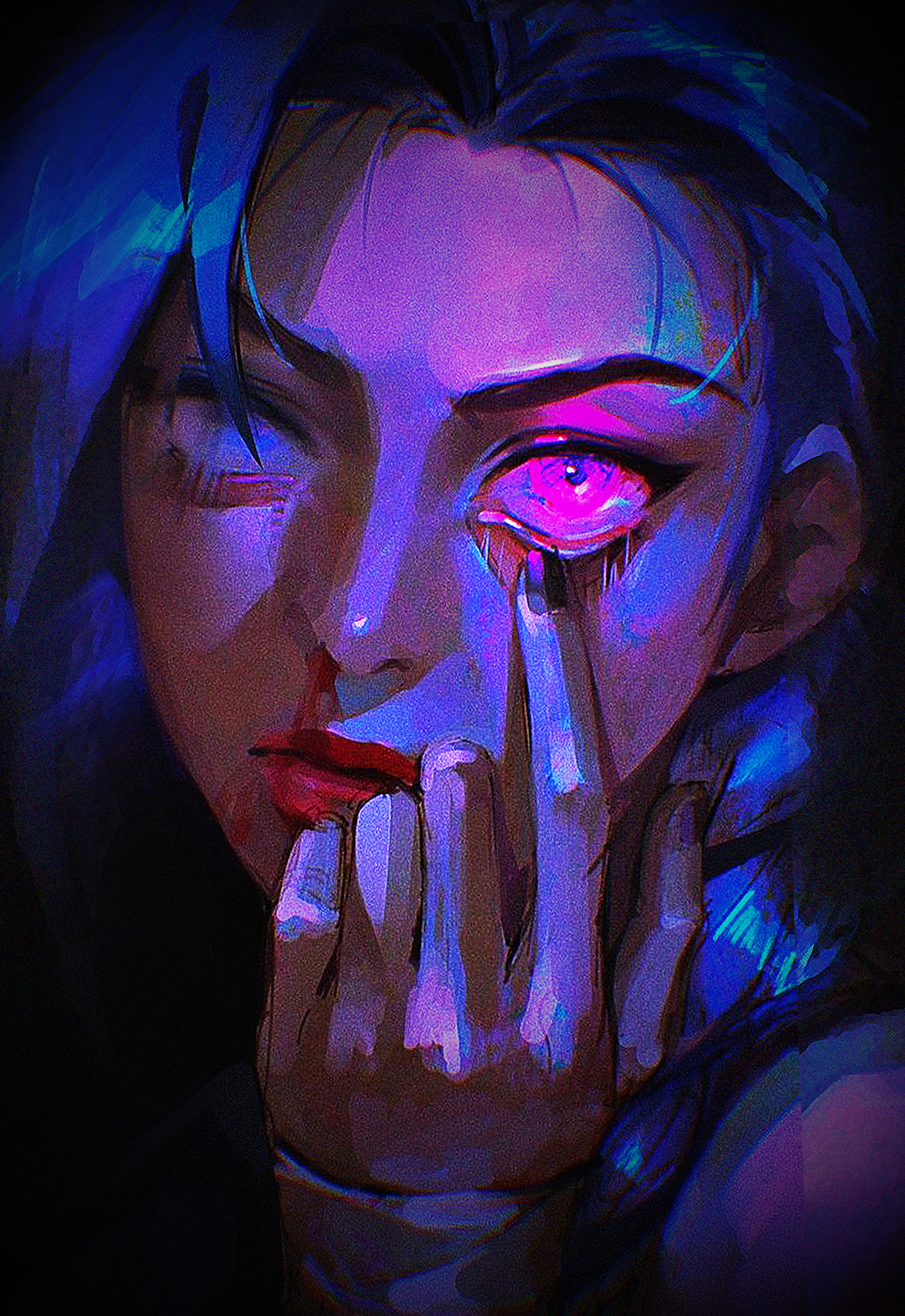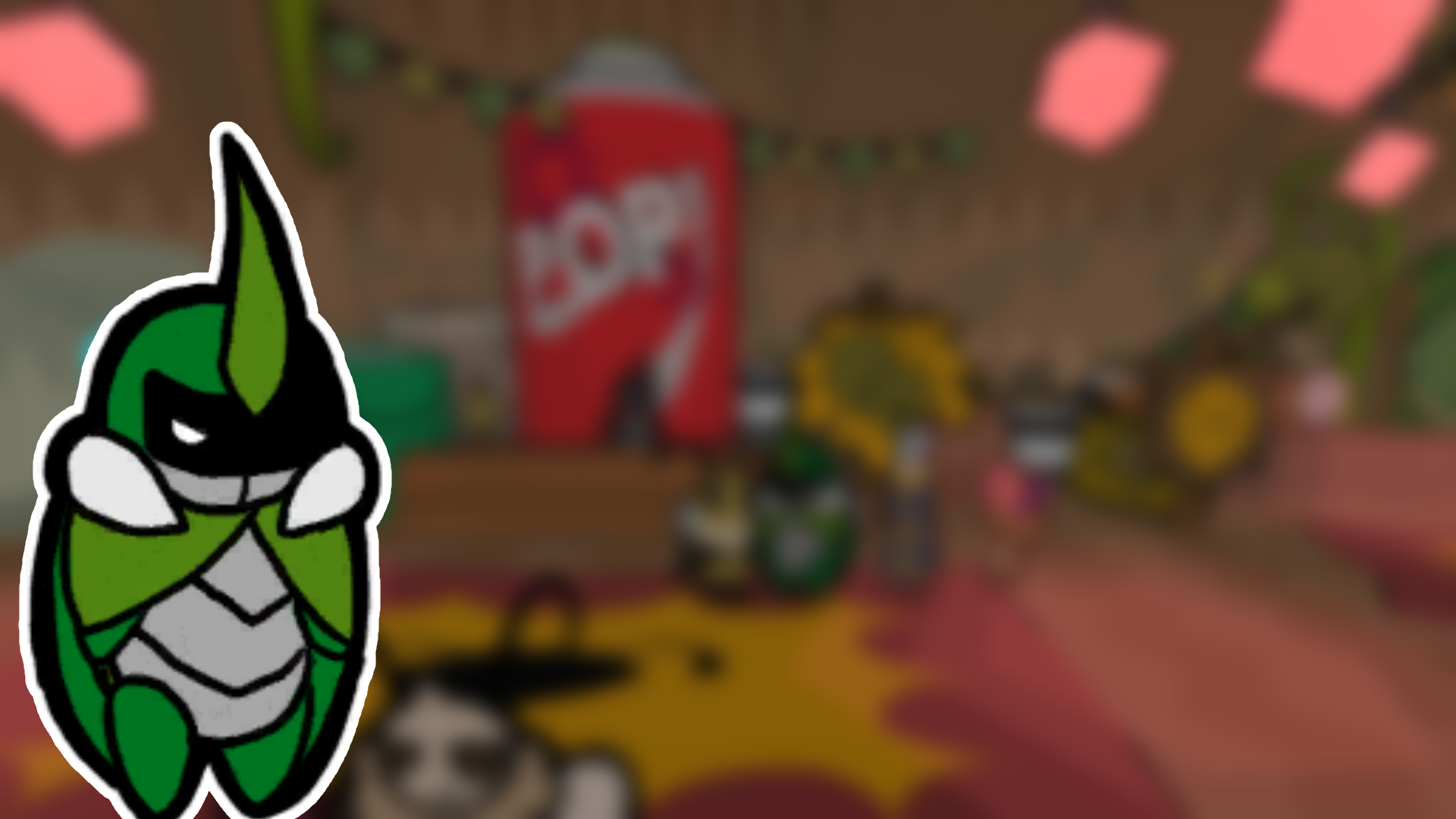A story of division, passion and insectoids.
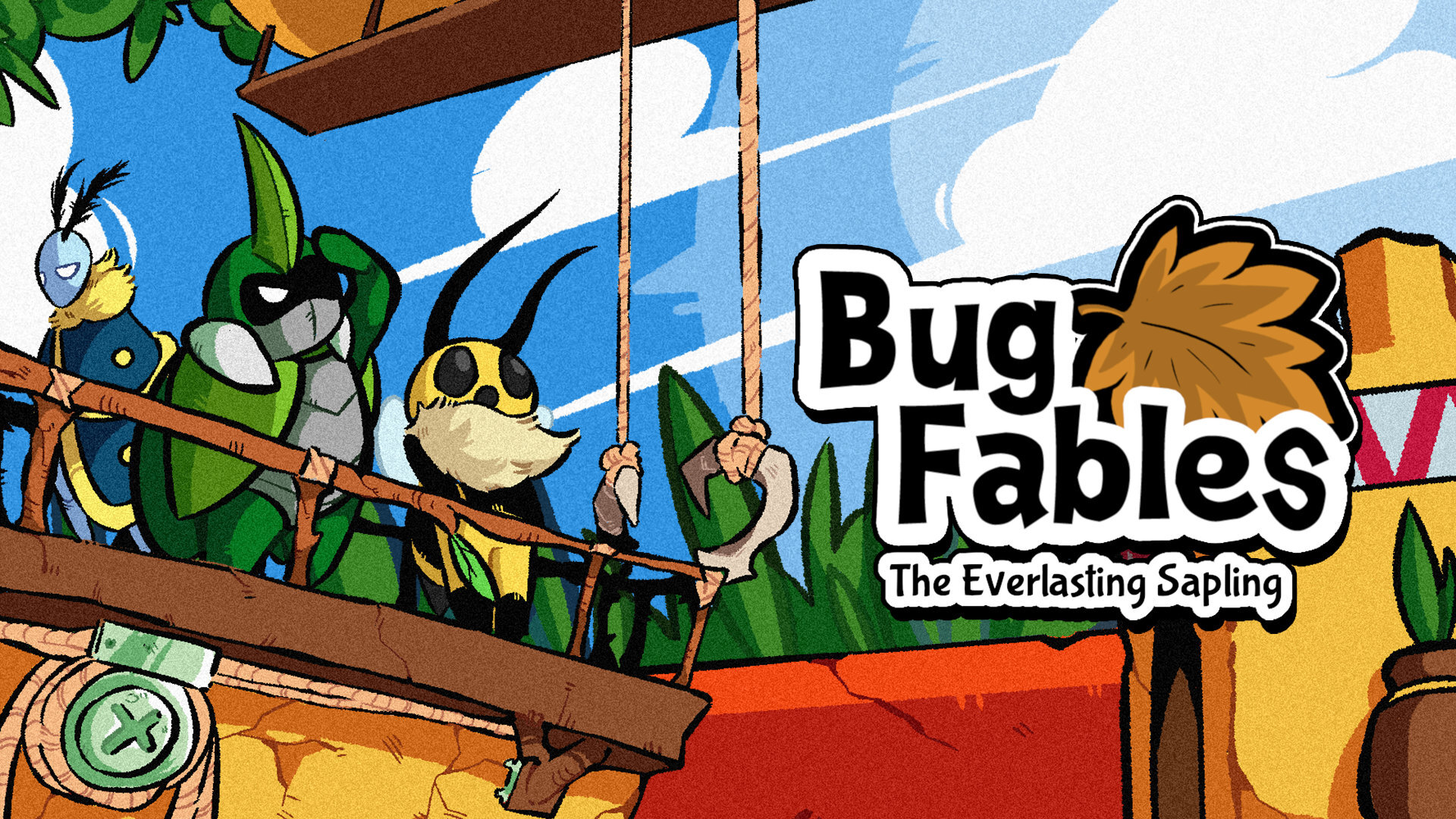
For anyone not familiar with the Paper Mario series, it may be difficult to understand how a game series about everybody's favorite Italian plumber becoming the protagonist of a pop-up book story ended up becoming so divisive.
After the release of Paper Mario: The Thousand-Year Door (2004), developer Intelligent Systems started experimenting with the RPG mechanics the games were known for, a move that has fuelled discussions between fans of "old" and "new" Paper Mario since. Eventually, the desire of some fans to play something similar in feeling and gameplay to the first two Paper Mario titles grew large enough for a small indie team to take their shot at the concept.
Laying Eggs
After the late SNES title Super Mario RPG (1996) became a hit in Japan and North America, Nintendo was determined to not let the potential of a follow-up on newer hardware – their RPG-lacking Nintendo 64 – go to waste. But with Super Mario RPG's developer Square being busy developing Final Fantasy VII (1997), development was handed over to Intelligent Systems instead.
In an attempt to create more stand-out visuals and enable cuter character designs, it was decided that the action-RPG gameplay with timed button presses would be realized in a 3D world inhabited by 2D characters, a look that was quickly likened to the look of a pop-up book, leading to Super Mario RPG 2 being rebranded as Paper Mario (2000).
Its colorful world, charming characters and story and unique RPG gameplay paved the way for many sequels to follow, like the acclaimed Paper Mario: The Thousand-Year Door (2004). Super Paper Mario (2007) then introduced first changes to the gameplay formula, but Paper Mario: Sticker Star (2012) – with its vastly simplified character designs, story and lacking RPG mechanics – really turned off many fans of the series' beginnings.
Pupal Stage
Among those who felt that the newer titles strayed too far from the formula of the 2000 and 2004 entries were Panamanian writer and programmer Jose Fernando Gracia and Brazilian Marcio Cleiton Jr., who – after meeting through online forums – decided to band together in 2015 to form Moonsprout Games and develop their own game called Paper Bugs in Unity.
As that name would imply, they sought to recreate the paper-styled world of the template series along with the multiple playable characters, timing-based turn battles, puzzle exploration, and character-driven writing of its first entries with an all-new bug-themed cast and setting. In doing so, the team also sought to modernize the feel of these classic concepts.
After a successful crowdfunding campaign via IndieGoGo in 2018 met its modest $20,000 goal and a first demo of the title received widespread acclaim, Moonsprout Games partnered with indie publisher DANGEN Entertainment for the release of the game that had then be renamed to Bug Fables: The Everlasting Sapling in 2019.
Reaching Adulthood
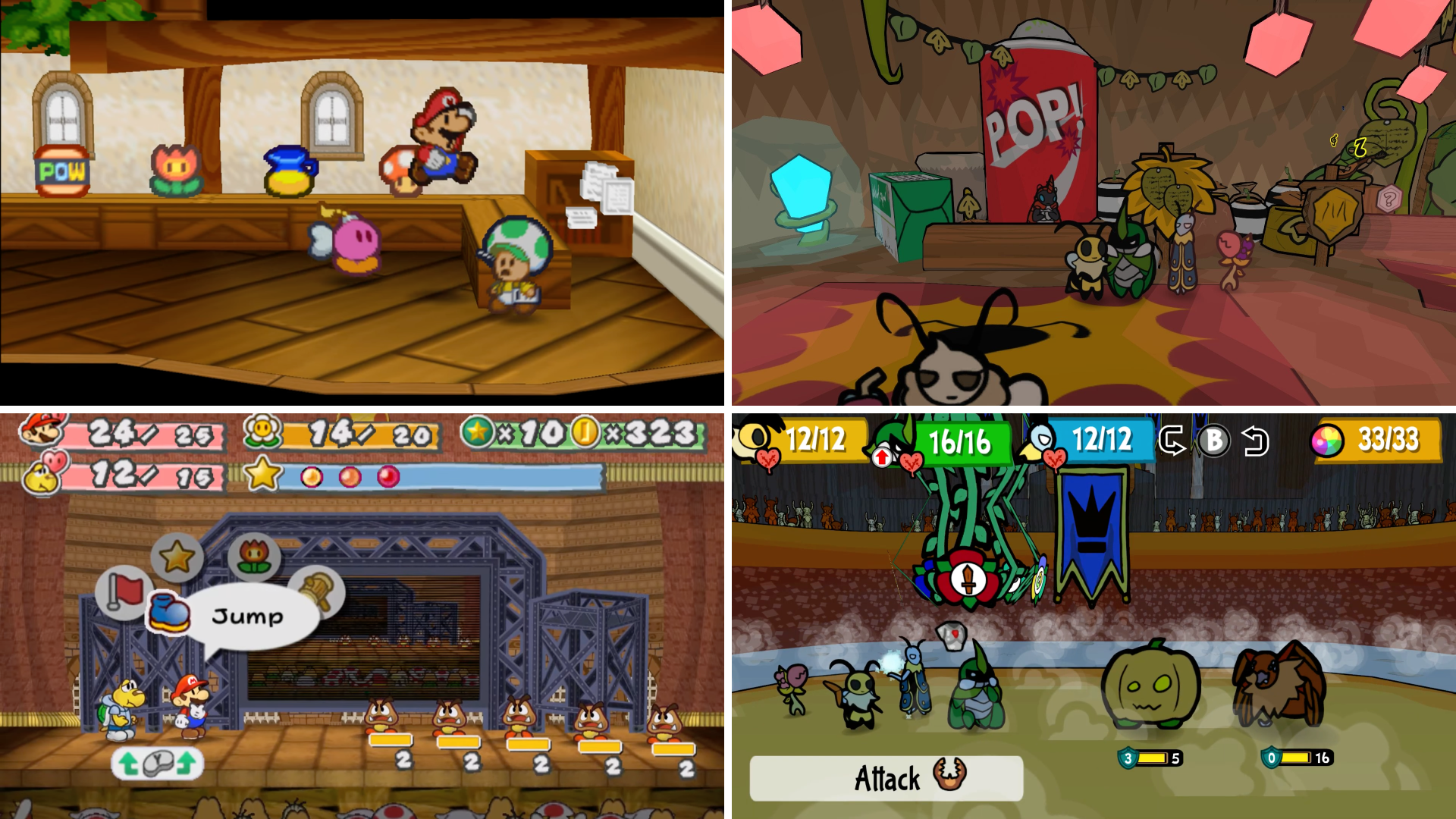
Bug Fables takes place in "Bugaria", a bug kingdom designed to resemble the settings of the early Paper Mario games. Legends tell of the Everlasting Sapling, a plant that grants eternal life, and the three playable protagonists – taking after the partners of the original games – Vi the bee, Kabbu the beetle and Leif the moth set out to uncover its secrets.
Throughout their adventure, which is divided into distinct chapters, the three also have to use their different means of interacting with the colorful overworld to progress. Furthermore, said world is populated by a bunch of intriguing NPCs, providing a much larger variety of character designs and backstories than those found in the Paper Mario titles after Sticker Star.
Battles use turn-based combat enhanced by action commands, requiring precise timing to land stronger hits or block damage. Tattling enemies and mixing items to cook them into stronger variants also returns. All of this combined really manages to capture the spirit of early Paper Mario while carving out a fresh identity of its own.
Sprouting Wings
Across its Windows, Nintendo Switch, PlayStation 4, Xbox One and Amazon Luna releases, Bug Fables generally received critical acclaim. In terms of visuals, sound, writing and gameplay loop, the game was touted as a worthy continuation of the classic Paper Mario games, with only some parts of the overworld feeling a bit off.
Updates refining the game with additional features and quality-of-life improvements were issued until July 2022, with new content being added in a surprise 1.2 update as recent as November 2024. While no sequel has been confirmed to be in development yet, Moonsprout Games have expressed interest in doing so but developing other projects first.
As for the Paper Mario series, both Color Splash (2016) and The Origami King (2020) did not return to the same style and gameplay as the original titles (though proving popular in their own right), with the developers stating their intent to continously innovate the series. However, the release of a Thousand-Year Door remake in 2024 has raised some hope in part of the community that Nintendo may finally acknowledge the desire for classic Paper Mario yet.
